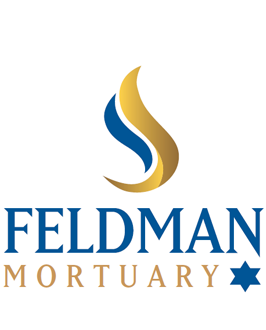We're here for you 24/7/365
Call Now (303) 322-7764 or (855) 670-2263
Fire Cremation: The Process of Cremation
Cremation is generally preferable to regular burial because it takes less time after death. A body is cremated by burning it in a furnace (known as a retort). A fire cremation is carried out in a cremation chamber or retort designed to hold only one body. Cremation furnaces of today, like that of cremation services in Denver, CO are computerized and mechanized, and they run on natural gas, propane, or diesel.
Natural gases like propane/butane burn a person for 4-6 hours. While the burning continues, repositioning with long shovels is done regularly to guarantee that the body is cremated efficiently. To effectively carry out the fire decomposition process, retorts used for flame cremation often reach over 1800oF. It takes around 28 gallons of fuel to get these temperatures. These gallons are roughly the same fuel needed by a typical SUV tank. Ashes from flame cremation are grey or sandy in color and uneven in size.
What is Cremation?
Cremation is a form of body disposition alternative to traditional burial. Cremains are non-hazardous to health and are handed to the deceased's relatives. You may do several things with cremains to commemorate and remember your loved ones:
- Put the cremains in an urn or other suitable container. Cremains might be divided among relatives and friends.
- They will be interred at a memorial location, either interred or in a columbarium.
- Distribute them in a special ceremony.
Types of Cremation
Direct cremation: is a very low-cost cremation option. In this case, the body is incinerated after death without preservation, viewing, or visitation—families select this choice because it is one of the most cost-effective cremation options.
Liquid cremation: Liquid cremation is also known as Aquamation or Alkaline Hydrolysis. Water cremation is a method of cremation in which a body is cremated using a solution of water and alkali salts.
Water cremation entails placing the deceased's body in a chamber filled with water and alkali salts. With the addition of some heat and pressure, the water gently runs over the body in the chamber. The body's soft tissue is destroyed for four hours, leaving just bone matter remains.
What Happens to the Body During Fire Cremation?
In the "conventional" flame-based procedure, the body is placed in a cremation chamber, using flame and heat to reduce the corpse to bone fragments. Combustion occurs in two stages: Secondary combustion works on the leftover inorganic particles, generally from the container, after the primary blast has burned off tissue, organs, body fat, and some container materials as gases. The gases (primarily carbon dioxide and water vapor) escape, pulverizing bone pieces into ashes.
The burning procedure produces no odor since the emissions are treated to remove the smoke and evaporate the gases that would otherwise smell. Some crematories have auxiliary burners that assist them in completely burning the body. Otherwise, the cremation expert may use a long hoe-like rod to crush the partially cremated remains.
Factors Influencing Cremation Duration
The duration of a cremation process usually relies on specific elements. They are as follows:
- Body Mass Index (BMI)
- the proportion of body fat to lean muscle mass
- the effectiveness of the cremation apparatus employed
- The cremation chamber's operating temperature
- the type of cremation container or casket used to hold the body
Contact cremation services in Denver, CO immediately if you're having trouble finding a company to help you cremate the body of a loved one.






Comments